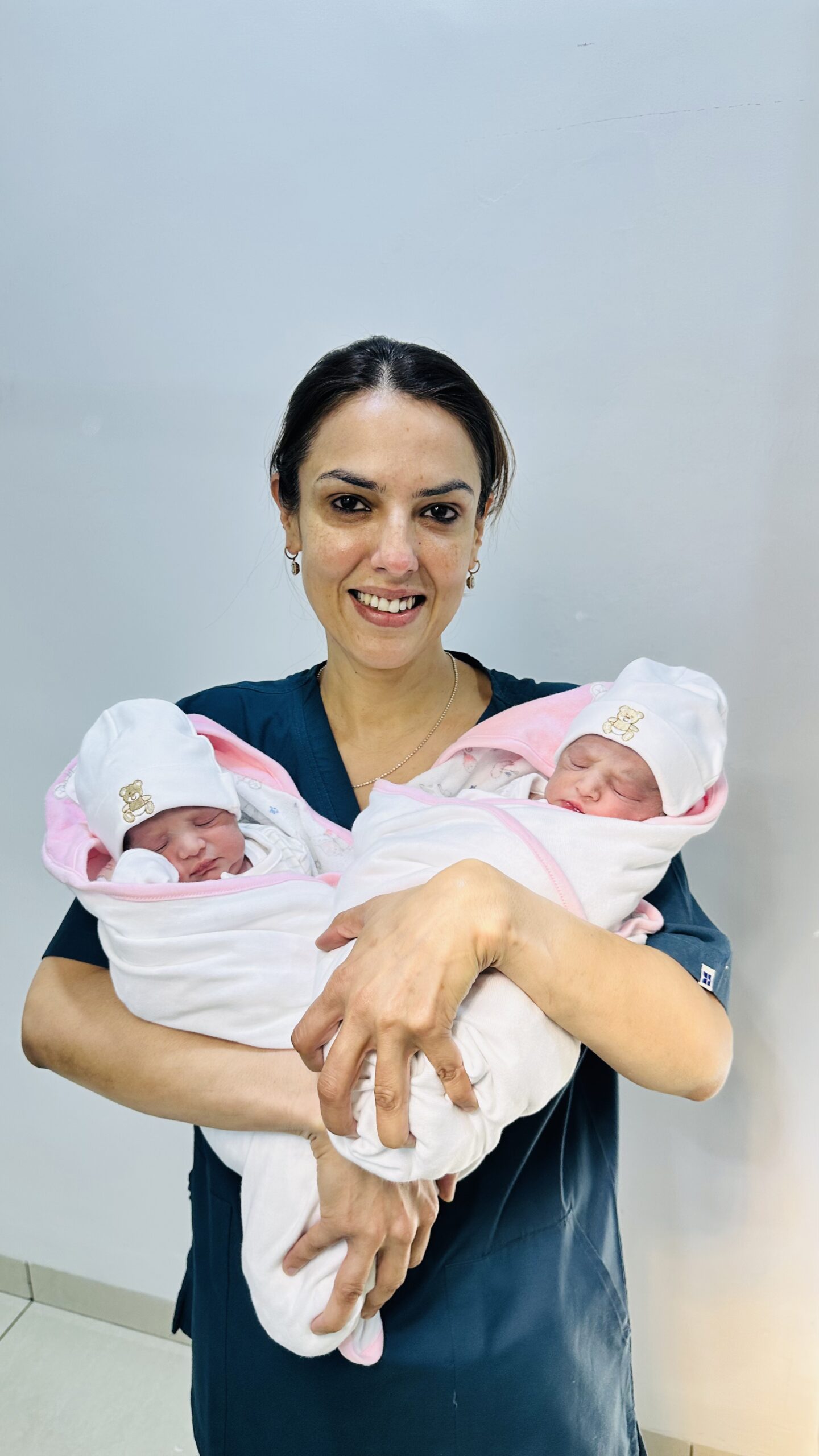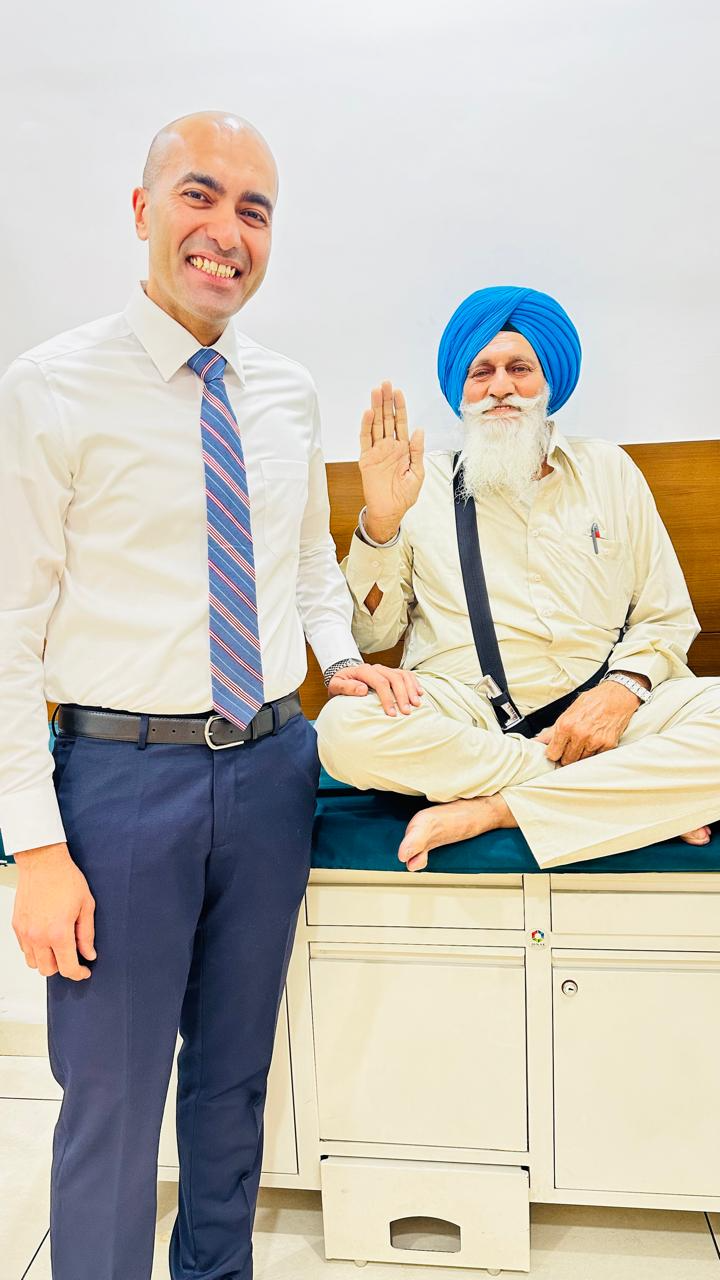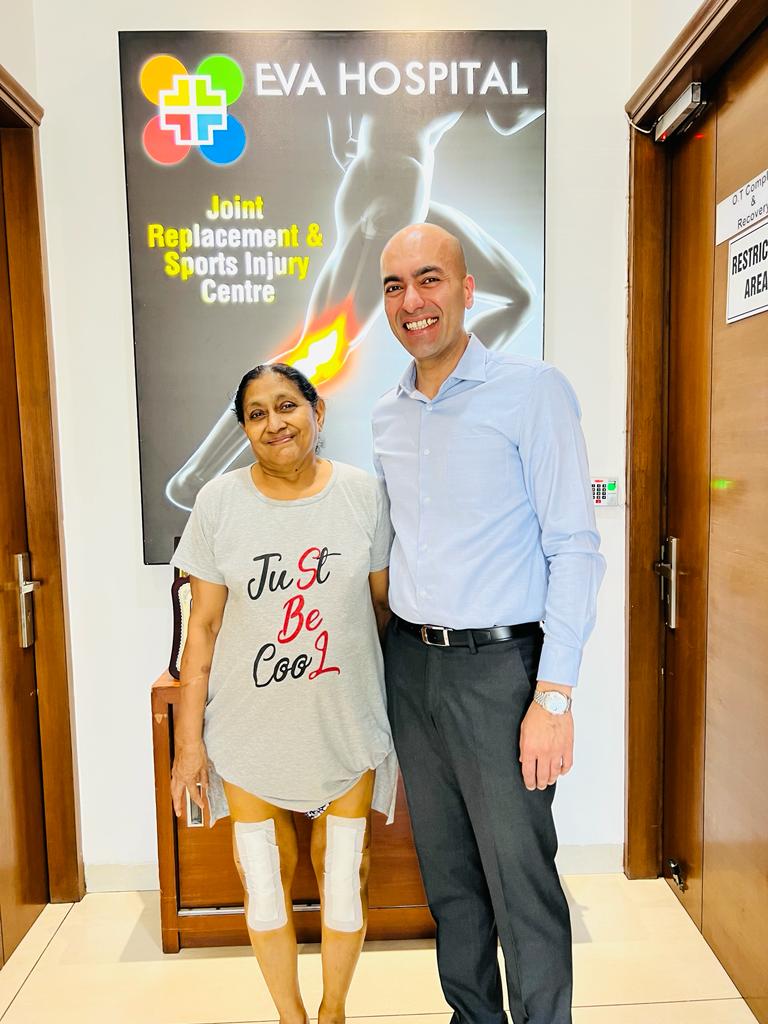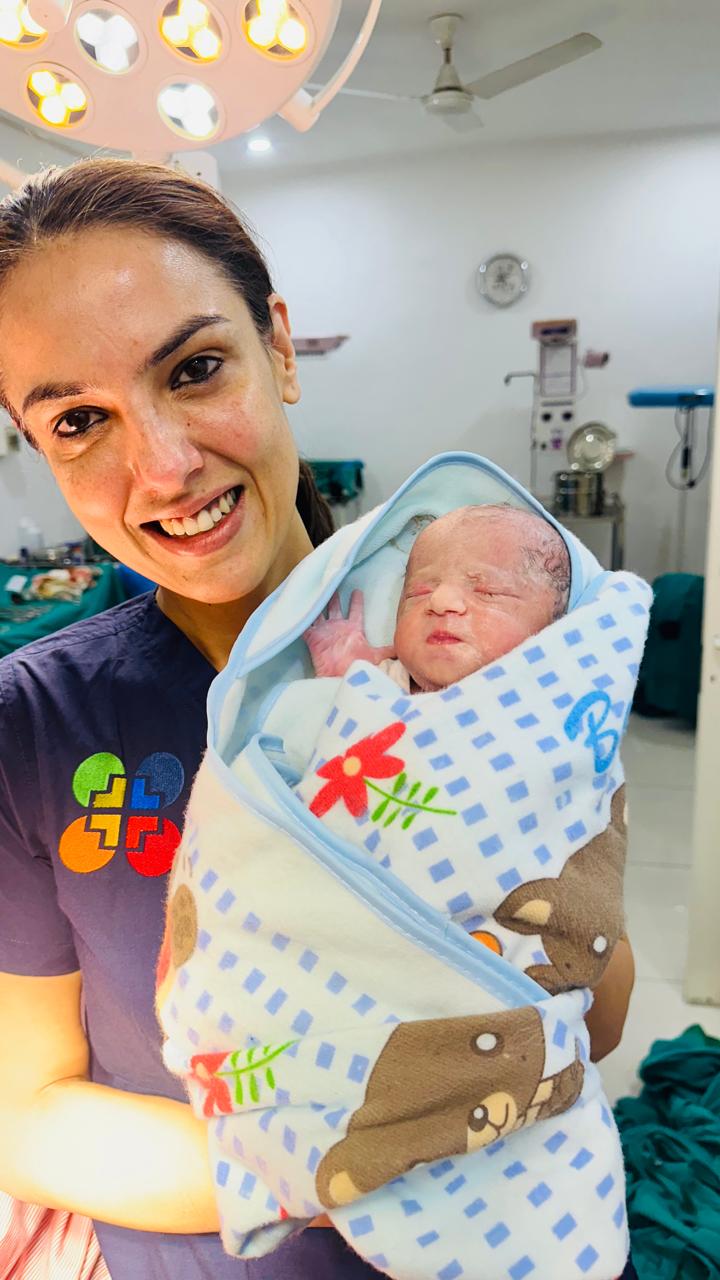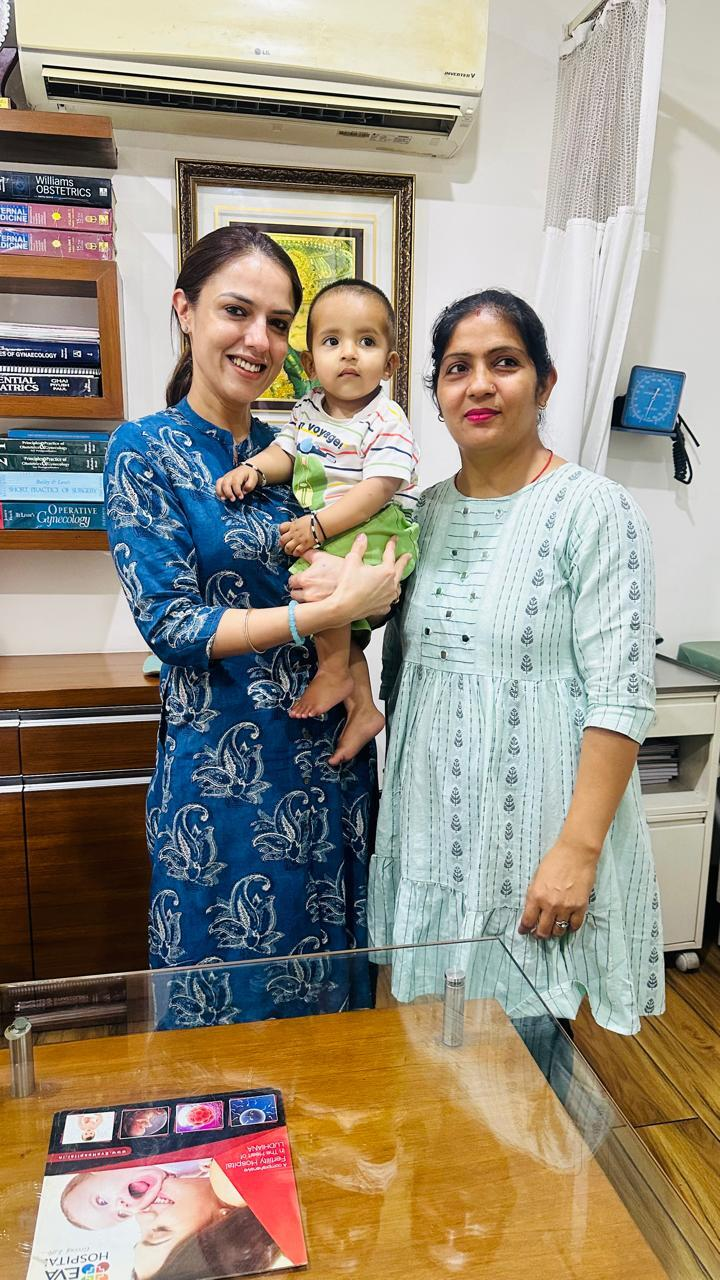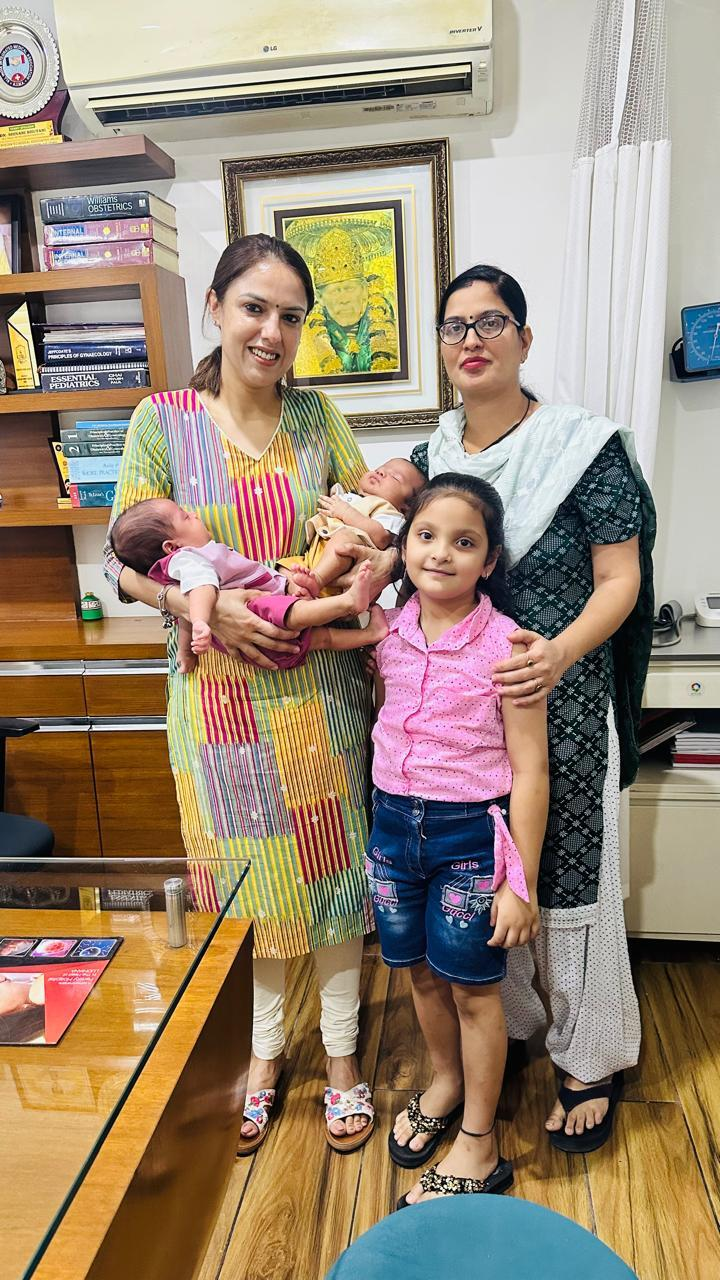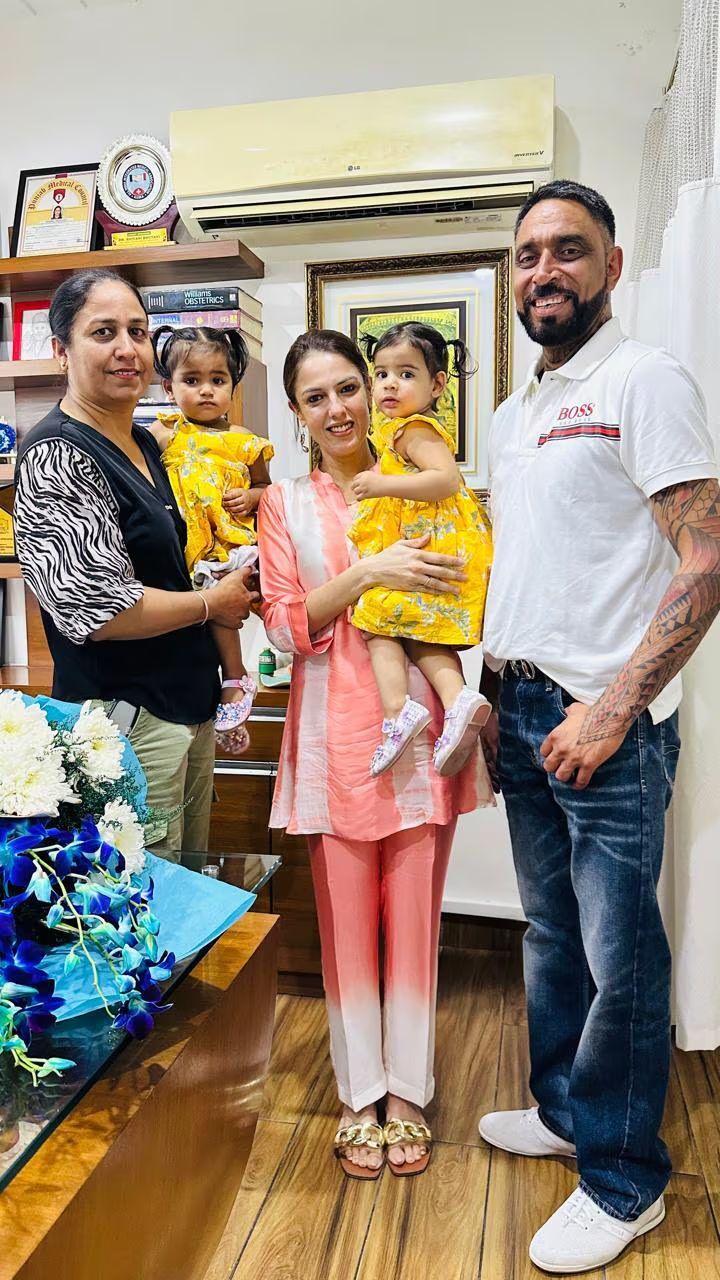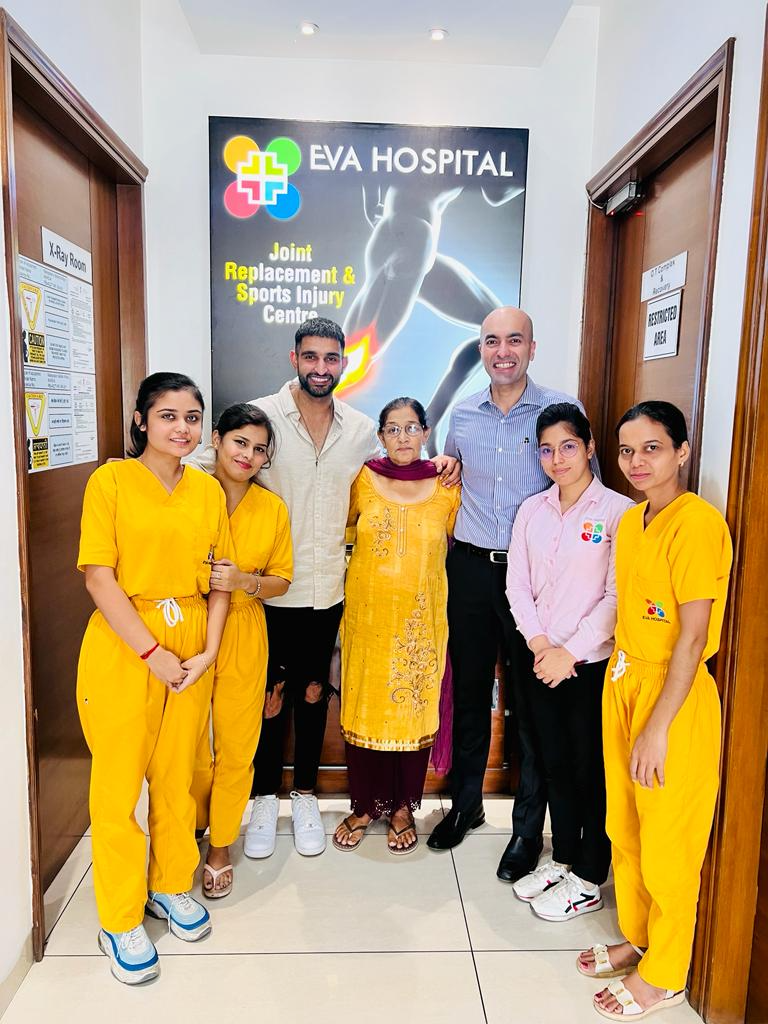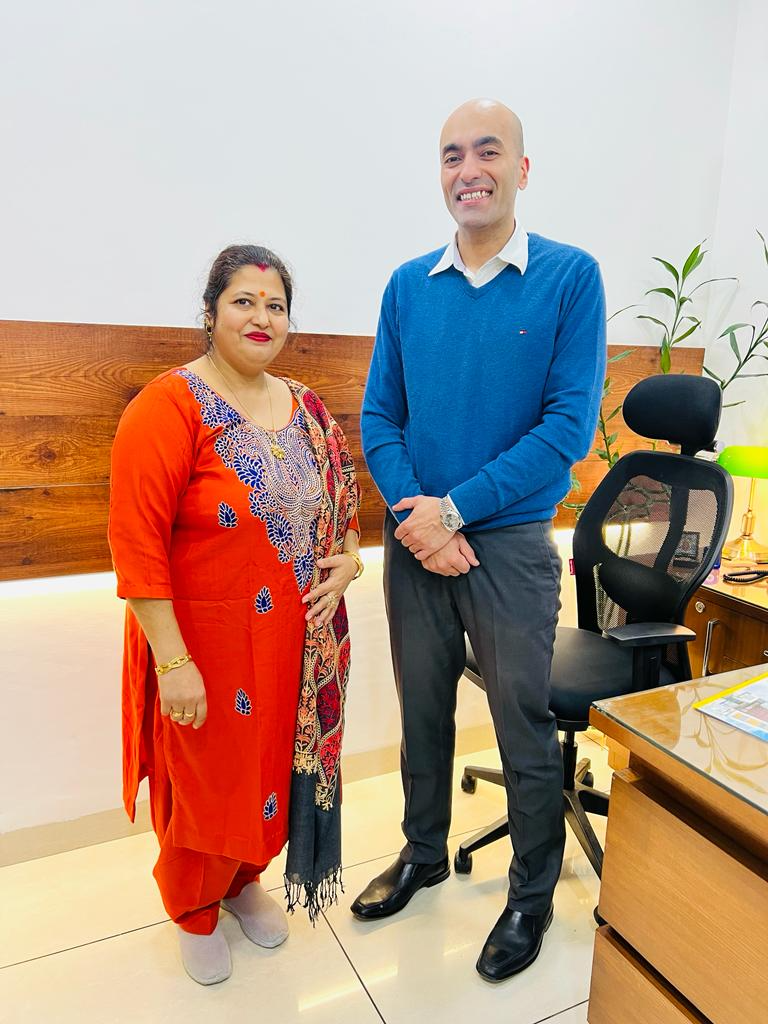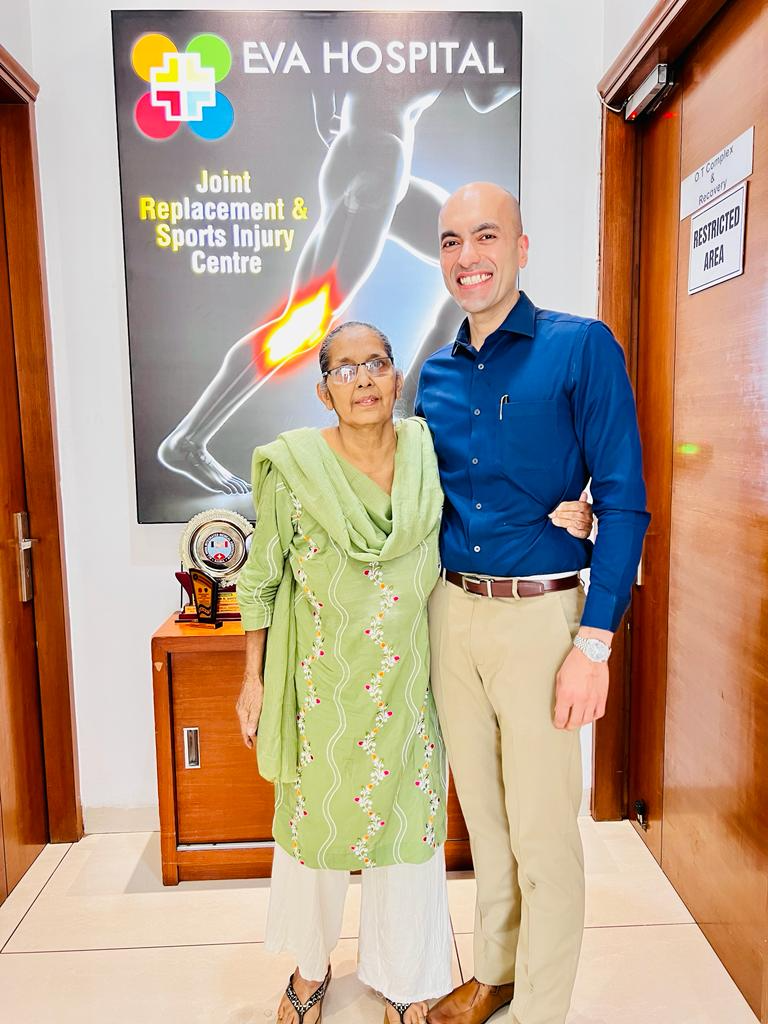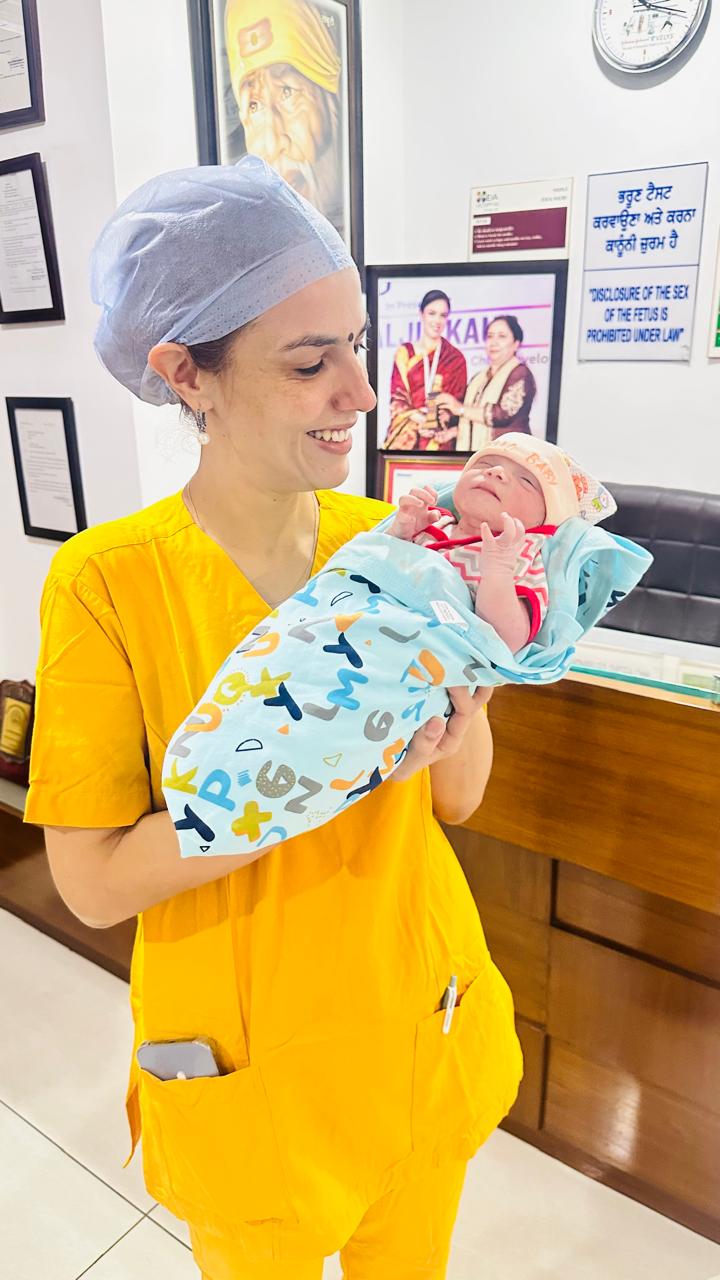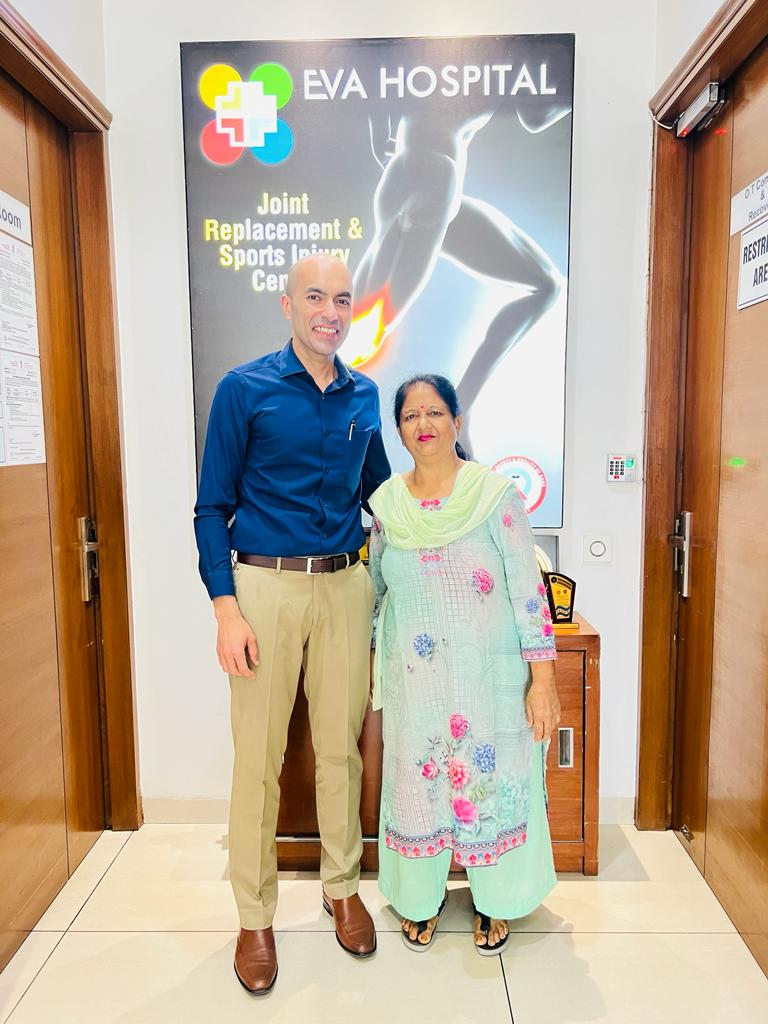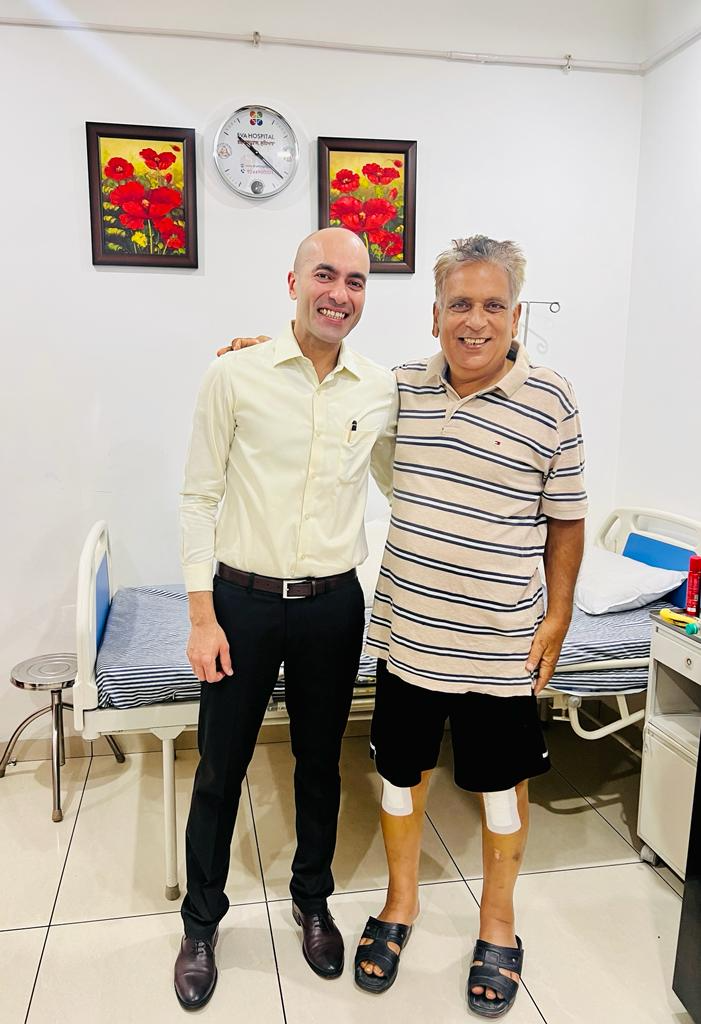Lower back pain affects approximately 8 out of every 10 individuals at some point. Typically, it does not generate from any serious disease or critical issue with the back, and the precise cause remains ambiguous— hence termed nonspecific lower back pain. The general recommendation is to stay active and continue with regular activities.
While the pain persists, painkillers can provide relief; usually, the pain subsides within six weeks but there is a possibility of its recurrence later. In certain instances, persistent (chronic) pain sets in which additional treatment by the best bone specialist in Ludhiana may be required.
In this article, we will provide you with all the information about lower back pain and spine health.
Lower back pain- Understanding
- The lumbosacral area, also known as the lower back, is situated between the base of the ribs and the upper portion of the legs.
- The majority of the lower back consists of muscles that connect to and enfold the spine.
- The spine is composed of numerous vertebrae, which are essentially cylindrical bones.
- Each vertebra is separated by a disc, comprised of a sturdy fibrous exterior and a pliable, gel-like interior.
- These discs function as shock absorbers, enabling the spine to maintain flexibility.
- Robust ligaments attach to nearby vertebrae to provide additional support and strength to the spine.
- The diverse array of muscles connected to the spine allows for flexibility and movement in multiple directions.
- The spinal cord, safeguarded by the spine, houses the nerve pathways connecting the brain to the rest of the body.
Lower back pain- Causes
Arthritis of the spine
- The gradual deterioration of the spinal joints known as arthritis of the spine is a common culprit for lower back pain.
- It is a natural part of the aging process for individuals to experience wear and tear, resulting in potential discomfort in the lower back.
- The breakdown of cartilage between spinal joints can lead to inflammation of surrounding tissues.
- This inflammation, coupled with cartilage thinning, can escalate friction within the joints, potentially causing discomfort in the lower back.
Structural problems
- The medical condition known as spinal stenosis occurs when the spinal column is constricted, resulting in compression of the spinal cord.
- This compression can lead to intense sciatic nerve pain and lower back pain.
- Additionally, scoliosis, a condition characterized by curvature of the spine, may result in discomfort, reduced mobility, and stiffness
Strains and sprains
- Back strains and sprains represent the predominant cause of back discomfort.
- Muscles, tendons, or ligaments can be injured when lifting objects of excessive weight or not adhering to proper lifting techniques.
- Individuals may also experience back strain from actions such as sneezing, coughing, twisting, or bending over.
Fractures
- It is possible for the spine to sustain fractures in accidents such as car crashes or falls.
- Conditions such as spondylolysis or osteoporosis can elevate the risk of bone breaks.
Lower back pain- Symptoms, diagnosis, and treatment
Symptoms
- Discomfort following the exertion of lifting a heavy object.
- It happens when you make an uncomfortable twisting motion.
- Pain starts from your lower back area and can radiate to one or both buttocks or thighs.
- Typically, it subsides when you lie down flat— although it may recur upon specific movements or actions.
- Take notice of when this localized discomfort intensifies: whether through body motion, coughs, or sneezes.
Diagnosis
The ortho specialist in Ludhiana will inquire about your symptoms and conduct a physical examination. In order to investigate potential fractures or other injuries, your doctor may request the following imaging tests.
- Spine X-ray: Utilizing radiation to generate bone images.
- MRI: Utilizing a magnetic field and radio waves to produce images of bones, muscles, tendons, and soft tissues.
- CT scan: Utilizing X-rays and computer technology to generate 3D images of bones and soft tissues.
- Electromyography (EMG): Testing nerves and muscles to evaluate for neuropathy.
Treatment
Medications
- Your healthcare provider may suggest nonsteroidal anti-inflammatory drugs (NSAIDs) or prescription medications to alleviate discomfort.
- Other medications can help relax muscles and prevent back spasms.
Physical therapy (PT)
- PT can help strengthen muscles to provide support for your spine.
- It also enhances flexibility and aids in injury prevention.
Hands-on manipulation
- Various manual therapies can help relax tense muscles, reduce pain, and improve posture and alignment.
- Depending on the source of pain, you may require osteopathic manipulation or chiropractic adjustments.
Injections
- Your healthcare provider administers medication directly to the painful area using a needle.
- Steroid injections can alleviate pain and decrease inflammation.
Surgery
- Certain injuries and conditions may necessitate surgical intervention by the best bone specialist in Ludhiana.
- There are numerous surgical options available for low back pain, including various minimally invasive techniques.
Conclusion
Low back pain affects millions of individuals. When stiffness, pain and the inability to move freely combine together, it can significantly affect one’s quality of life. However, there are ways to prevent lower back pain; try to keep a healthy weight and stay active in your daily activities. If the back pain persists – do have a discussion with an ortho specialist in Ludhiana. There are various treatments available that can help alleviate pain, improve your mobility and ultimately enhance the quality of your life.





